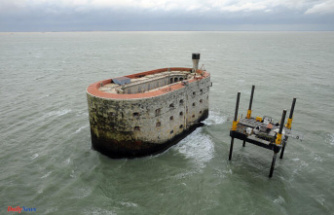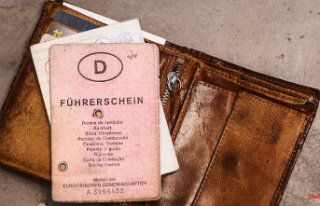Washing the dirty dishes with the dishwasher not only saves time, but according to studies is also more hygienic and uses less water and electricity compared to washing up by hand. However, selecting the right device is often difficult. Stiftung Warentest took a close look at 18.
Whether cutlery, cups or plates: a good dishwasher gets everything perfectly clean, is easy to use and not too loud when washing up. In addition, it ideally lasts for years without having to be repaired or even replaced. But which dishwashers are worth it?
Stiftung Warentest tested 18 devices, of which 9 were fully integrated, 6 were partially integrated and 3 were standing devices. Overall, the 60 centimeter wide devices performed better in the test than the 45 centimeter wide standing devices. They did not get beyond a "satisfactory" in the test. By the way: Consumers should pay attention to the new energy label when buying. These now range from A to G. So A is history.
The result was not surprising: the test winners are expensive branded products. Miele dishwashers performed best. The Miele G 7160 SCVi Autodos (grade 2.1) with energy label B impressed with the best eco and automatic programs. Furthermore, the device flushes with low operating costs and is pleasantly quiet. However, the dishwasher also costs 1350 euros and is not much cheaper than the second test winner from Miele G 7110 SCi for 1230 euros. If you still like to choose a branded product that is not too expensive and has also achieved good test results, you can use the Bosch SMD6ECX57E machine. The dishwasher also achieved a good test result with a grade of 2.2 and, at 790 euros, costs considerably less than the Miele product.
According to the product test, however, there is also a cheap alternative for bargain hunters. The Bauknecht machine BCIO 3C33 EC with energy label D for 550 euros achieved a solid grade of 2.6 in the test. It flushes with moderate operating costs and has a good Eco program. However, the testers rated the adjustment in the automatic program as unsatisfactory.
Not only the purchase price determines how much the dishwasher costs in total. The use of the detergent, the preparation of the dishes and the selection of the appropriate programs also determine how expensive, but also how effective the dishwashing will be in the end. First of all, you should always make sure that the dishwasher is fully loaded. However, there should still be a little space between the dishes. Otherwise you will have to rinse again afterwards because residual dirt can still be found. It is therefore important to find the right balance here. You should also rinse heavily soiled dishes by hand beforehand. Use a little washing-up liquid to remove food residue and soak pots or pans that have burnt-on food residue. To save money, it is also worth using classic dishwashing powder and rinse aid as well as regeneration salt instead of Multitabs.
Stiftung Warentest also recommends using the Eco program as standard. It may take longer, but the cleaning performance is better. However, you should use the intensive program once a month to prevent fat deposits in the machine and thus extend its service life.












